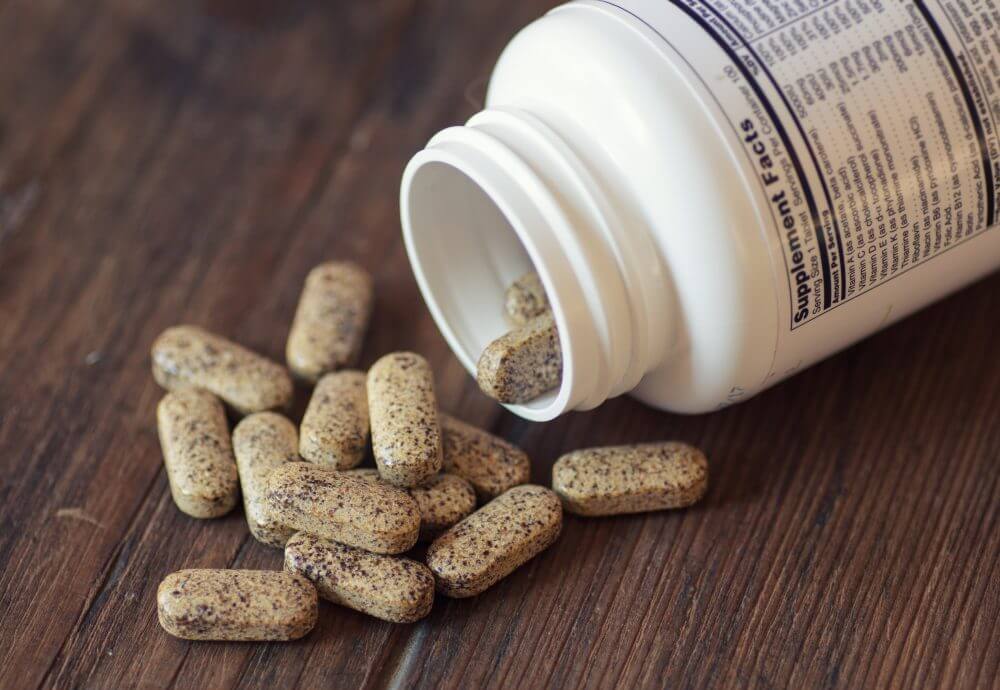There has been a recent spate of incidents involving the tampering of medicine. In some cases, medicine has been found to be laced with dangerous chemicals, while in others, the medicine itself has been tampered with, making it ineffective. This is a serious problem, as it can put people’s lives at risk.
Tampering with medicine is a criminal act, and those responsible should be brought to justice. However, it is also important to raise awareness of the issue, so that people can be more vigilant when taking their medication. If you suspect that your medicine has been tampered with, do not take it and contact the authorities immediately.
There are four types of packaging that can help prevent tampering with medicine: child-resistant packaging, unit-of-use packaging, blister packs, and bottles with locking mechanisms. Today we will introduce each of them with details and examples.
You can also desing your packaging here with 3d ultra realistic preview in real time
Child Resistant Packaging

Child-resistant packaging, also known as safety packaging, is designed to make it difficult for children to open. The most common type of child-resistant packaging uses a push-and-turn mechanism, which requires an adult to push down and turn the lid in order to open it. This type of packaging is often used for products like medications and cleaning products, which can be harmful if ingested by children.
Child-resistant packaging is not 100% effective, but it can help to reduce the risk of accidental poisonings and injuries. If you have young children in your home, it is important to store products in child-resistant packaging out of their reach. You should also keep the product information sheet that comes with the product, in case you need to reference it in an emergency.
Child-resistant packaging is designed to be difficult for children to open. This is because many products contain harmful chemicals that can be dangerous if ingested by children. By making the packaging difficult to open, it helps to prevent children from getting access to these dangerous products.
Unit-of-Use Packaging

Unit-of-use packaging is a type of packaging that is designed to contain a single unit of a product. This type of packaging is often used for products that are sold in small quantities, such as single-serve food items or individualized health and beauty products. Unit-of-use packaging can provide many benefits to both consumers and manufacturers.
Unit-of-use packaging can be more convenient and easier to use than traditional packaging. For example, single-serve food items can be easily taken on the go, and individualized health and beauty products can be more easily used in the correct amount. Unit-of-use packaging can also help to reduce waste, as there is no need to open a larger package and then throw away the unused portion.
It can also help to reduce costs. This type of packaging often uses less material than traditional packaging, and it can also be more efficient to produce. Unit-of-use packaging can also help to extend the shelf life of a product, as the product is less likely to be damaged when it is packaged in a single unit.
Blister packs

Blister packs are a type of packaging that are commonly used for small items such as pills or capsules. They are made of two pieces of plastic that are sealed together, with the product inside. Blister packs are often used because they are lightweight and easy to carry, and they can also be used to protect the product from outside elements.
Blister packs can help prevent tampering with medicine. The medicine is sealed in a bubble that is then sealed in a foil backing. This type of packaging makes it difficult to open the medicine without damaging the bubble, making it obvious if the medicine has been tampered with. Blister packs can also help prevent children from accidentally taking medicine that is not meant for them.
Bottles with locking mechanisms

There are many types of locking mechanisms that can be used on medicine packaging bottles. The most common type is the child-resistant cap, which is designed to be difficult for children to open. Other types of locking mechanisms include push-and-turn caps, lift-and-turn caps, and screw-on caps. Each type of locking mechanism has its own advantages and disadvantages, so it is important to choose the one that is best suited for your needs.
Bottles with locking mechanisms can prevent tampering with medicine. This is because the locking mechanism will prevent the lid from being opened, which will in turn prevent anyone from accessing the contents of the bottle. In addition, the locking mechanism will also prevent the bottle from being crushed, which could potentially result in the medicine being released and becoming contaminated.
Conclusion
Packaging that prevents tampering with medicine is important because it helps ensure that patients receive the correct dose of medicine. Tampering with medicine can lead to patients receiving too much or too little of the medication, which can be dangerous. This is why the above four types of packaging are used to Prevent Tampering With Medicine.

Leave a comment